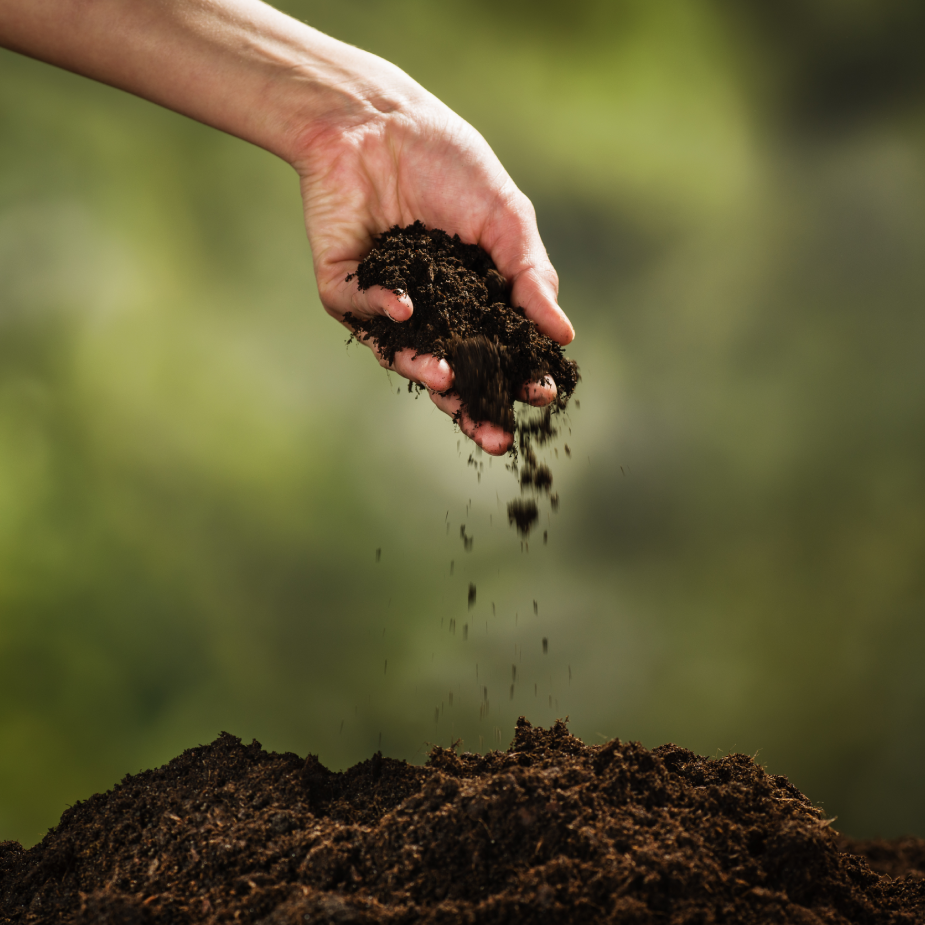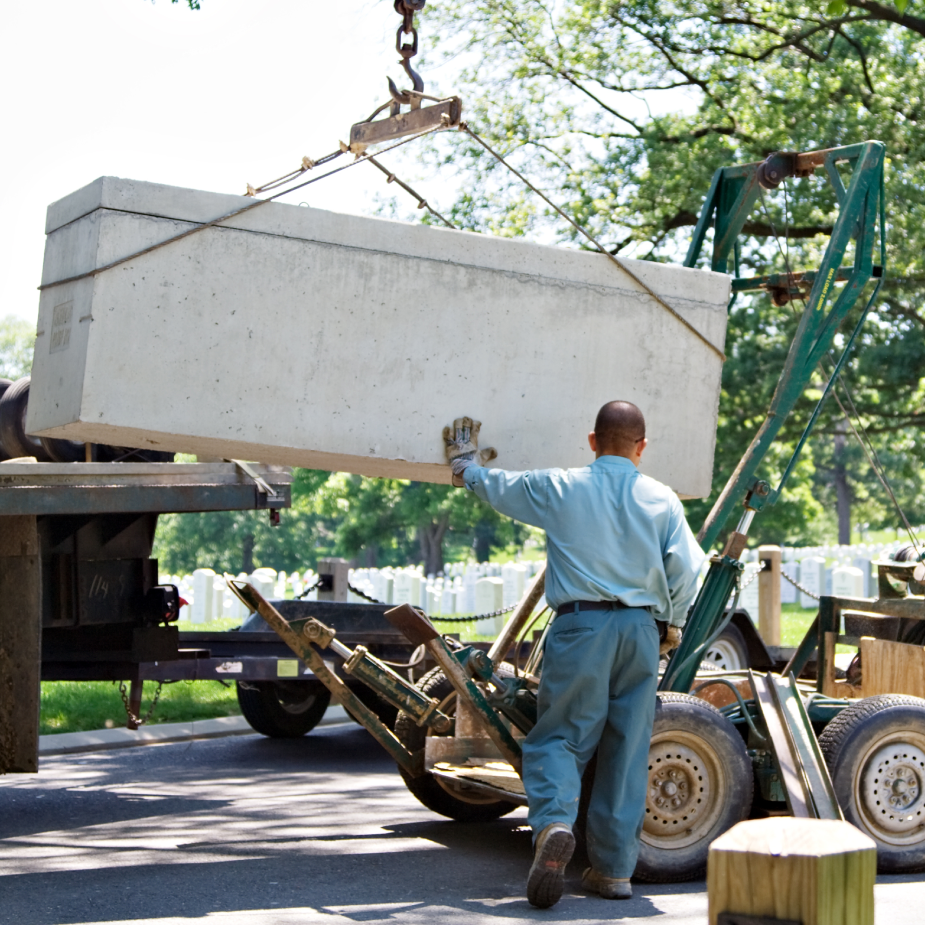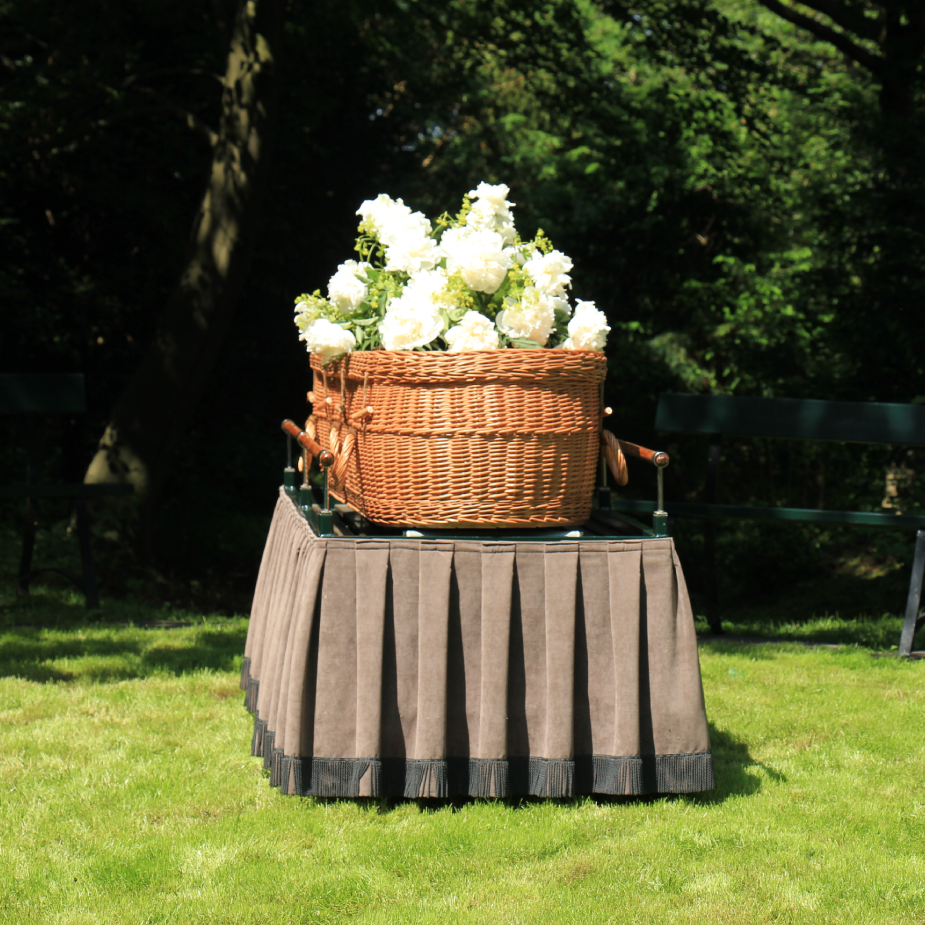Immediate Need? Call Us Now. We are Available 24/7
Green Burial
Founded on the belief that death care practices shouldn’t be harmful to the environment, green burials aim to leave minimal environmental impact. The goal is to conserve resources, protect workers from potentially harmful chemicals, and reduce carbon emissions to restore and preserve natural habitats.
How to Ensure Your Burial Is Environmentally Friendly

No Toxic Chemicals
Body preservation, such as for a viewing or visitation, should not include any harmful or toxic embalming chemicals. Instead, refrigeration, dry ice, or eco-friendly embalming fluid should be considered.

Avoid Concrete Vaults
Many cemeteries require grave liners or burial vaults to prevent the ground from sinking over time, but their manufacture and transport causes carbon emissions and uses great amounts of energy. For this reason, a green burial will not include a liner or vault.
Learn More About Green Funerals






